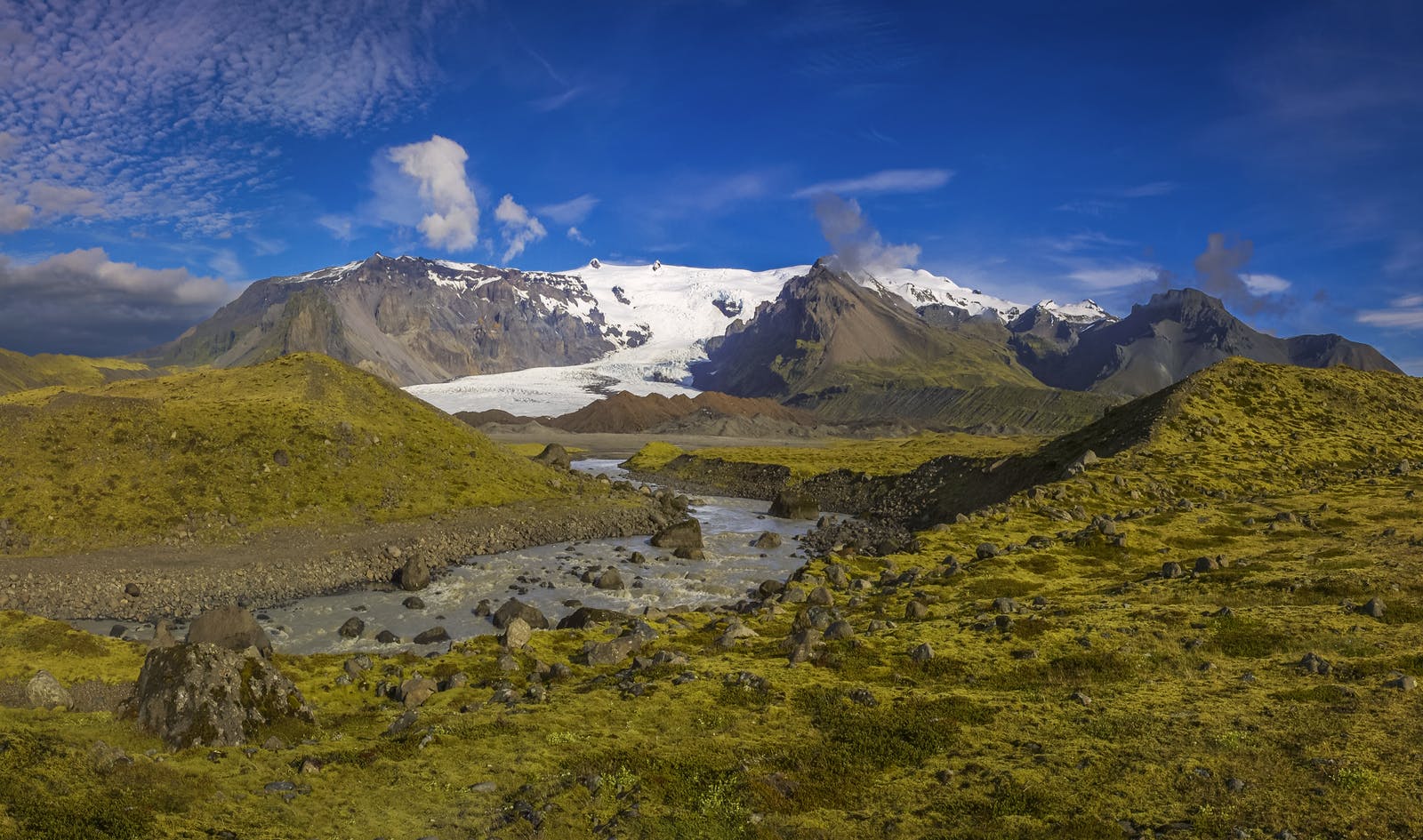
Guide to Iceland's Kvíárjökull Glacier
Iceland, a land of fire and ice, boasts a landscape shaped by geological wonders, including glaciers that have captivated the imagination of scientists and adventurers alike. One such icy giant is Kvíárjökull, a glacier nestled in the rugged terrains of the Vatnajökull National Park. In this exploration, we delve into the fascinating world of Kvíárjökull, unravelling its scientific intricacies and the broader context of its existence.
Formation and Location of Kvíárjökull
Kvíárjökull is part of the Vatnajökull Glacier, the largest ice cap in Iceland and one of the largest in Europe. Vatnajökull covers approximately 8% of the country's landmass, making it a significant player in shaping Iceland's physical geography. Kvíárjökull, situated in the southeastern part of the glacier, stands as a testament to the dynamic forces that have shaped the Icelandic landscape over millennia.
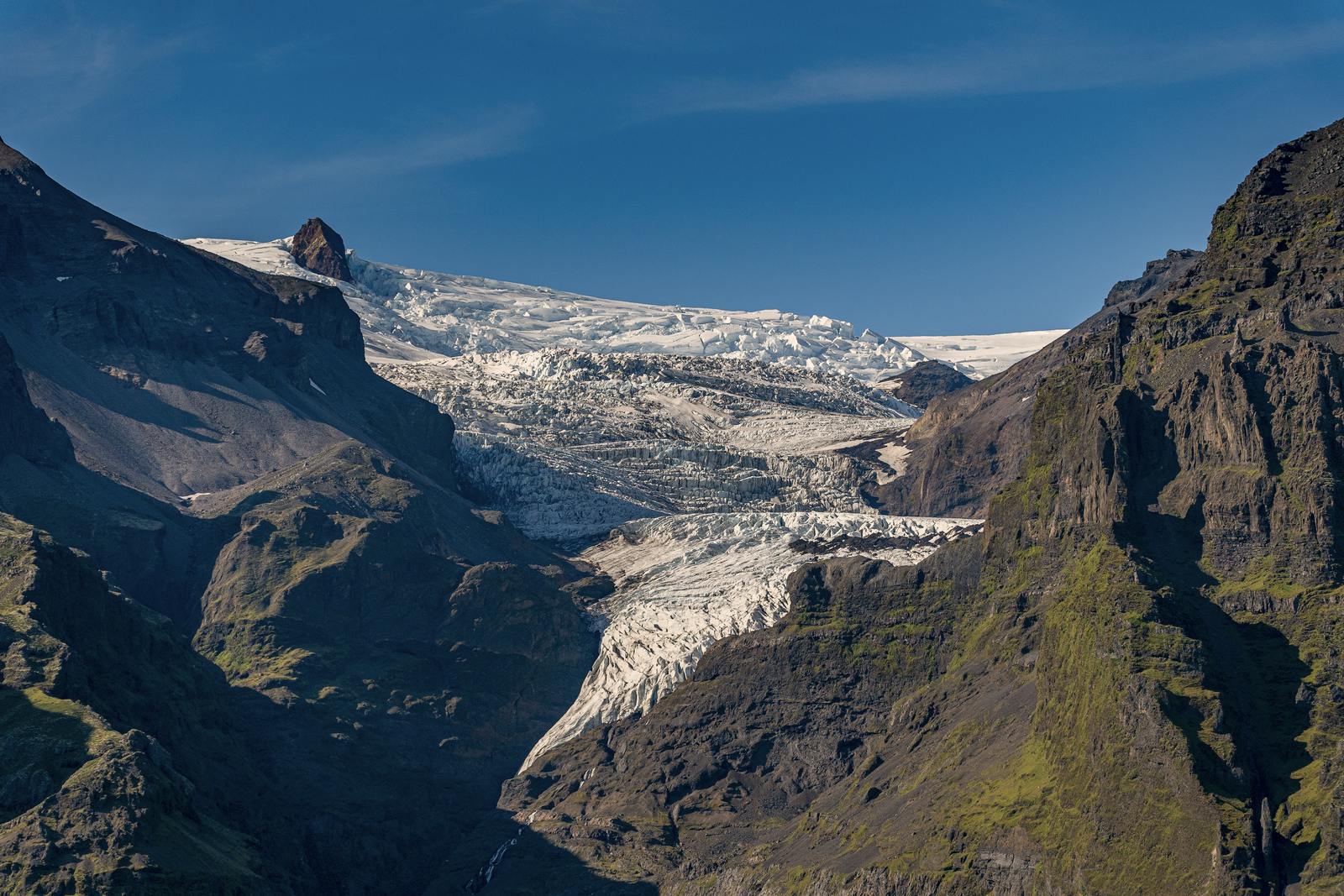
The glacier's formation is deeply intertwined with the unique geological setting of Iceland. Positioned on the Mid-Atlantic Ridge, a tectonic plate boundary, the island experiences a continuous interplay of volcanic and glacial forces. The combination of subglacial volcanic activity and the island's high latitude contributes to the creation and sustenance of glaciers like Kvíárjökull.
Glacial Features
Kvíárjökull is a prime example of a glacier in action, showcasing the classic characteristics of these immense ice rivers. Glaciers like Kvíárjökull flow slowly but forcefully under their own weight. The heavy mass of ice at the glacier’s top presses down, pushing the lower layers to slide downslope over time. This movement not only shapes the surrounding landscape but also leaves behind unique and identifiable features.
Kvíárjökull originates from the expansive caldera of the Öræfajökull stratovolcano and makes its way down to the flat, sandy lowlands south of Vatnajökull. It is particularly notable for its well-defined moraine ridges. These ridges include lateral moraines, which form along the sides of the glacier, and terminal moraines, which accumulate at the glacier’s end.
A distinctive feature of Kvíárjökull is its crevasses—deep, formidable cracks that appear as the glacier shifts. These crevasses are both majestic and dangerous, posing challenges to adventurers exploring the glacier’s surface. Additionally, streams of meltwater flow through the glacier, carving detailed channels and shaping the front of the glacier, enhancing its dramatic appearance.
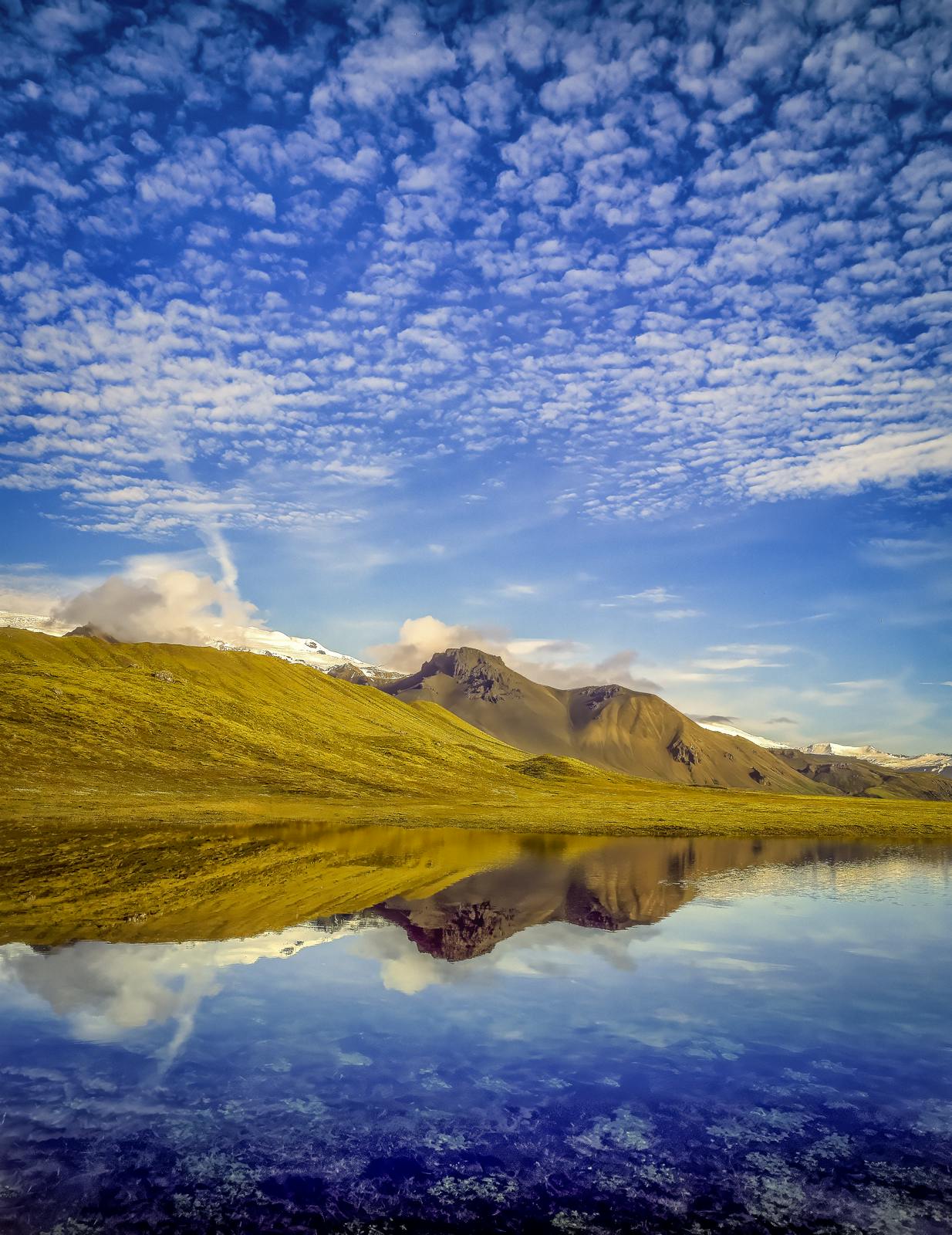
Climate Influence on Kvíárjökul
The impact of climate on glaciers is profound, with Kvíárjökull serving as a prime example. The health and size of a glacier like Kvíárjökull depend critically on the balance between accumulation and ablation—the processes of snowfall and melting, respectively. Here’s how climate change is influencing the glacier:
- Accumulation vs. Ablation: The life cycle of a glacier is governed by the balance between the snow it accumulates and the ice it loses through melting and calving. A healthy balance maintains or grows a glacier, while an imbalance typically causes it to retreat.
- Effects of Global Climate Change: Over recent decades, the signs of global climate change have become increasingly apparent, with significant impacts on glaciers worldwide, including those in Iceland.
- Temperature and Precipitation Changes: Kvíárjökull is particularly vulnerable to rising temperatures and shifts in precipitation patterns. These changes disrupt the glacier’s delicate balance by reducing snowfall and increasing melt rates.
- Monitoring and Implications: Scientists closely monitor the mass balance of Kvíárjökull to track these changes. This monitoring provides critical data on how climate change affects glacial ecosystems and offers insights into the broader environmental impacts.
Understanding these dynamics helps in appreciating the challenges faced by Kvíárjökull and similar glacial environments under changing global conditions.
Explore Glaciers and Ice Caves in Reykjavík
Perlan's Wonders of Iceland exhibition features an ice cave that is 100 metres long, made from more than 350 tonnes of snow from Icelandic mountains. Ice caves are a natural phenomenon that takes shape in the deep winter months within glaciers.
Meltwater streams carve these fantastic caves, and at Perlan, guests can see a real ice cave in a safe and secure environment. A visit to an ice cave is a magical experience that no one who comes to Iceland should miss, and Perlan offers year-round travellers a chance to get a sense of this unique natural phenomenon.

At Perlan, guests can explore Iceland's natural wonders through a series of exhibits and immersive presentations, including ice caves and glaciers, as well as northern lights and volcanoes.
Scientific Research on Kvíárjökull
Kvíárjökull serves as a living laboratory for scientists studying glaciology, climatology, and geology. Researchers collect data on the glacier's thickness, flow dynamics, and chemical composition to understand its past, present, and future. Ice cores extracted from Kvíárjökull contain valuable information about atmospheric conditions, volcanic eruptions, and even traces of ancient life.
The glacier's proximity to volcanic activity adds another layer of scientific intrigue. Subglacial volcanic eruptions beneath Vatnajökull, though infrequent, have the potential to impact Kvíárjökull's behaviour and contribute to sudden glacial outburst floods, known as jökulhlaups. Monitoring these volcanic interactions enhances our understanding of the complex interplay between ice and fire in Iceland.
Challenges Facing Kvíárjökull
While Kvíárjökull is a natural wonder, it faces numerous challenges, primarily due to the ongoing effects of climate change. As temperatures rise, glaciers worldwide experience retreat, and Kvíárjökull is no exception. The shrinking of glaciers has far-reaching consequences, affecting local ecosystems and water resources and even contributing to global sea-level rise.
The retreat of Kvíárjökull also raises concerns about the loss of unique landscapes and ecosystems that depend on glacial meltwater. The delicate balance between ice and the surrounding environment is disrupted, impacting flora and fauna adapted to the glacier-fed rivers and lakes.
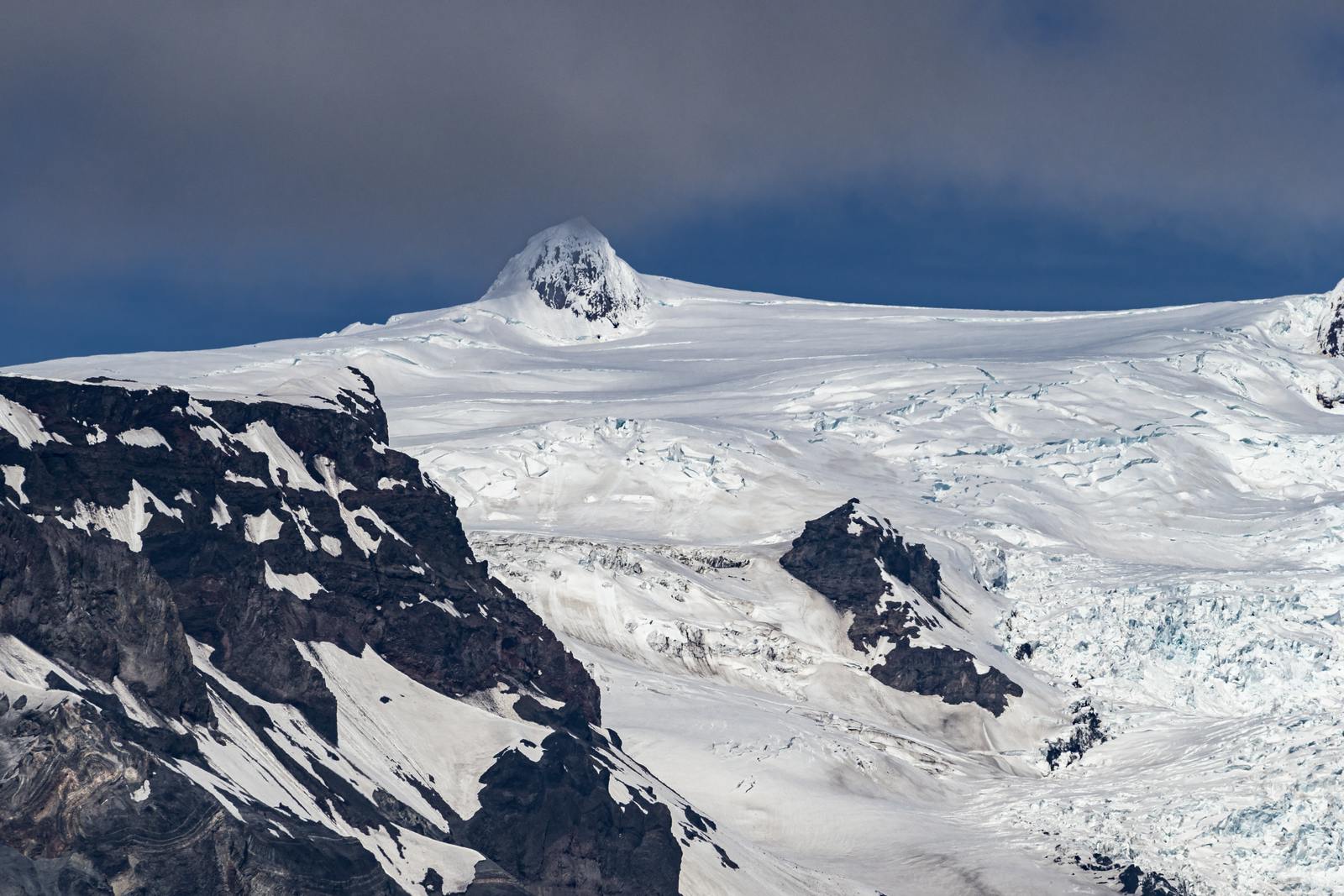
Conservation Efforts and Tourism
The allure of Kvíárjökull has not escaped the attention of tourists seeking to witness the beauty and power of Iceland's glaciers. However, the increased interest in glacier tourism brings its own set of challenges. Human activities on the glacier, if not managed sustainably, can contribute to environmental degradation and accelerate glacial retreat.
Efforts to balance tourism with conservation are crucial for preserving Kvíárjökull and ensuring that future generations can experience the wonder of Iceland's glaciers. Responsible tourism practices, guided excursions, and education initiatives play a vital role in minimising the ecological footprint associated with human interaction with the glacier.
Kvíárjökull FAQ
What Are the Top 3 Largest Glaciers in the World?
- Antarctic Ice Sheet: The Antarctic Ice Sheet is the largest glacier on Earth, covering an area of about 14 million square kilometres. It contains the majority of the world's freshwater and is divided into two main parts: the East Antarctic Ice Sheet and the West Antarctic Ice Sheet.
- Greenland Ice Sheet: The Greenland Ice Sheet is the second-largest glacier globally, spanning approximately 1.7 million square kilometres. It is primarily located on the island of Greenland and contains a significant volume of ice.
- Polar Ice Cap: The Polar Ice Cap, encompassing the Arctic region, is considered the third-largest glacier. It consists of various ice masses spread across the Arctic Ocean, including ice on land and sea ice.
What is the Easiest Glacier to Get to in Iceland?
One of the easiest glaciers to access in Iceland is the Sólheimajökull Glacier. Located in the southern part of the country, Sólheimajökull is an outlet glacier from the larger Mýrdalsjökull ice cap. It is easily reachable from the Ring Road (Route 1) and is a popular destination for glacier hiking and ice-climbing tours.
Can You Go Inside a Glacier in Iceland?
Yes, it is possible to explore the ice caves in iceland. One notable location for this unique experience is the Langjökull Glacier Ice Cave. Located in the western part of Iceland, Langjökull is the second-largest glacier in the country. Remember that you can also visit an ice cave in the Perlan Museum in Reykjavík.
Popular articles
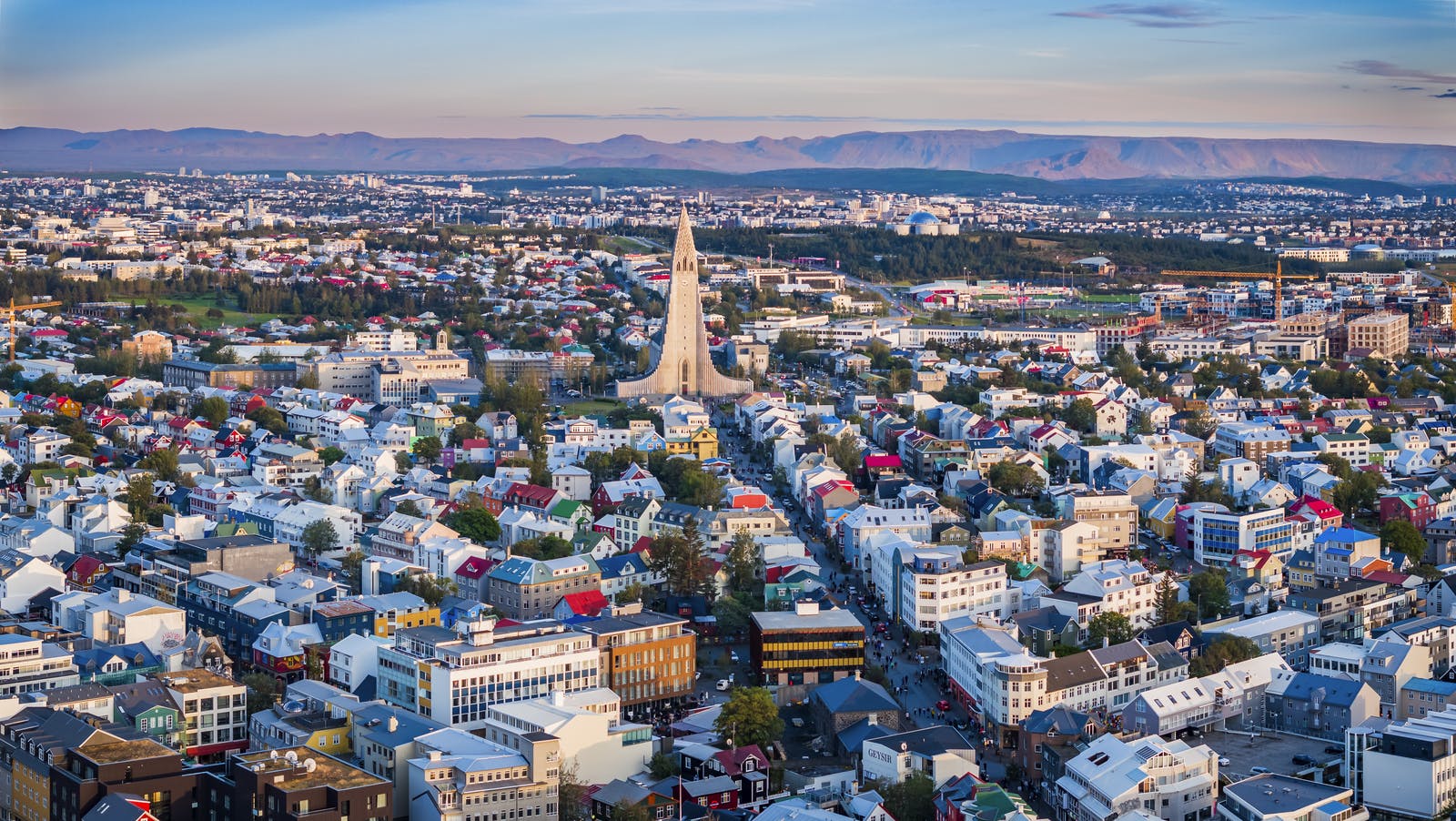
Things To Do In Reykjavík In June
Discover the best of Reykjavík in June: midnight sun adventures, vibrant festivals, and unique cultural experiences. Make your trip unforgettable!

The New Eruption May 29th 2024 near Reykjanes!
From rising magma at Svartsengi to an eruption on May 29th, 2024! See all updates of the volcanic activity on Iceland's Reykjanes Peninsula Sundhnúkur Crater Row.

Sundhnúkagígar Crater Row Volcanic Eruptions
The anticipated volcano has erupted in the Reykjanes Peninsula, the site is being called Sundhnúkagígar Crater Row. See the historic insights on the seismic activity and volcanic eruptions.

Earthquakes in Iceland
Earthquakes in Iceland are a fact of life. Each year, hundreds of small tremors shake the earth, a reminder of the country’s position on a tectonic plate boundary.

Volcano Museums and Exhibitions in Iceland
If you don't manage to visit an actively erupting volcano in Iceland - Experience its force at one of these excellent volcano museums and exhibitions in Iceland.

Top 10 Places To See the Northern Lights in Iceland
You can see the northern lights across the country, but some spots are more suitable than others. Find the best place to see the northern lights in Iceland.

Ice Caves From Reykjavik
Travel beyond the capital for a closer look at an ice cave under one of Iceland’s glaciers. If you can’t spare the time, experience Perlan’s ice cave in Reykjavik.